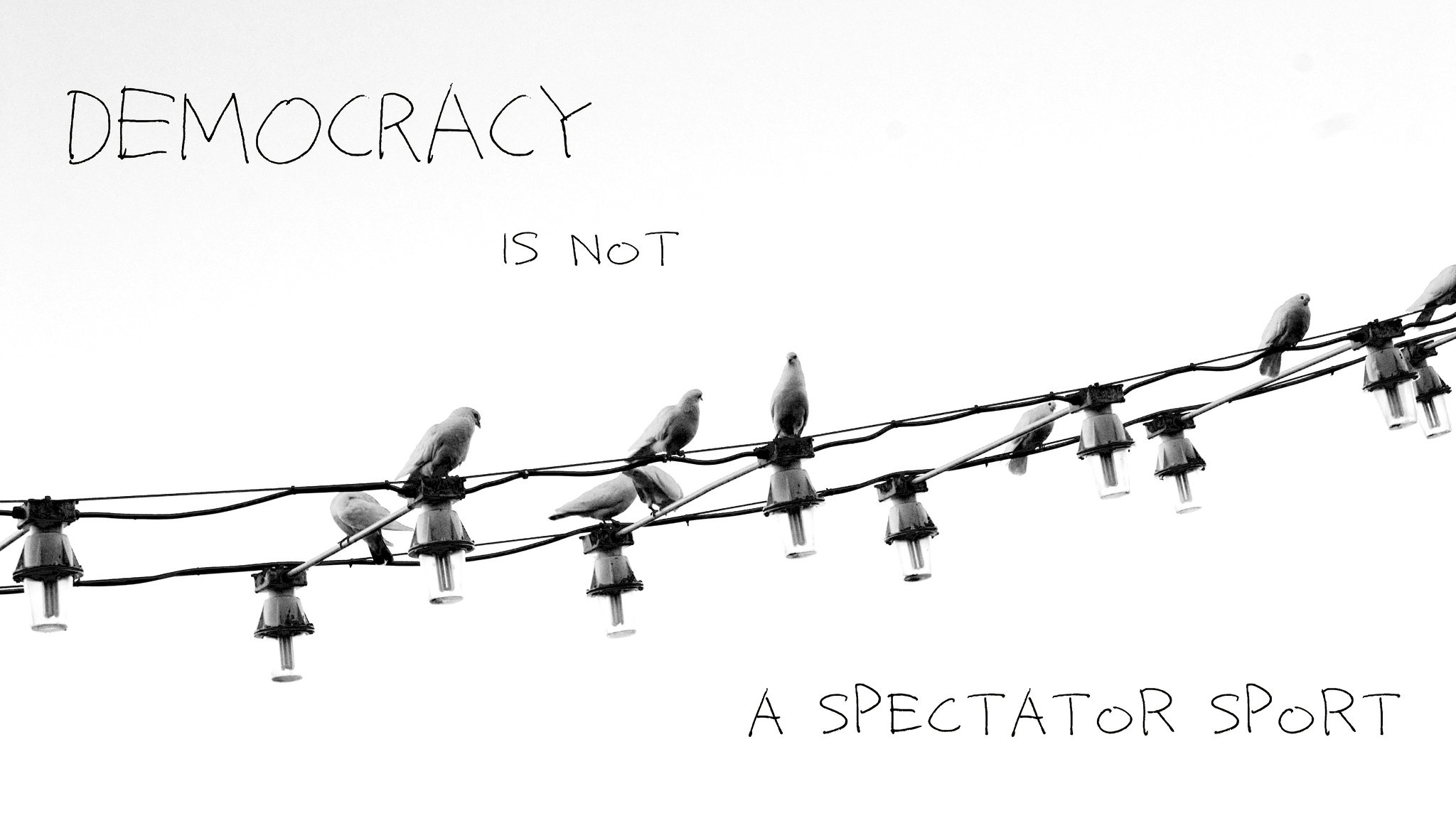
Editor’s note: Bob Sargeant is a Coast Guard veteran with more than 40 years of experience sailing and powerboating on the Chesapeake Bay and the Potomac and Rappahannock rivers. He is also an enthusiastic white-water canoeist and kayaker. He offers these boating safety tips in time for National Safe Boating Week, May 18-24; and “Wear Your Life Jacket to Work Day,” May 17.
A kayak was my only companion as I paddled the entire navigable length of the Rappahannock River solo from Remington to Deltaville in five days in 1997.
These are my observations on river and open water recreational safety.
On average, two persons a year have drowned in the Rappahannock over the past 40 years, some in the placid-looking water between the Falmouth Bridge and City Dock. Some fatalities involved paddle craft, other victims were waders and swimmers.
The Rappahannock is deceptive. You may see people in the middle of the river in ankle-deep water who are not wearing lifejackets. Take one step and it may not be ankle-deep anymore. They are taking a risk, and you are too, if you join them without a life jacket.
Rain events, even if they are far upstream in the watershed, can totally change the character of the Rappahannock in a short time. As ancient Greek philosopher Heraclitus said, “No man ever steps in the same river twice, for it’s not the same river and he’s not the same man.”
New residents to the area—of which there are many—may not be familiar with the river. Local jurisdictions have mounted bilingual signs warning of the hazards and life rings and rescue rope throw bags are available at some locations.
There has been a big surge in paddlecraft sales (canoes, kayaks, river rafts, paddleboards), yet fatality rates for paddlecraft far exceed those of other boats. Buy the life jacket first, and then the boat or paddleboard—I am not aware of anyone ever drowning locally who was wearing a lifejacket.
No training is required for paddlecraft use, but paddlecraft and boating safety courses are available from the American Canoe Association, Coast Guard Auxiliary, BoatUS, and other organizations.
There are many light, unrestrictive types of lifejackets that are cooler in hot weather and comfortable to wear when using paddlecraft or wading and swimming.
Always dress for the water temperature not the air temperature. Sudden immersion in water, even on a hot day, can cause cardiac arrest. Invest in a polyester body shirt or light neoprene wetsuit top for cooler water or weather. Cotton soaks up water, weighs you down and provides very little insulation, especially when wet.
Anyone operating a vessel with a 10 horsepower or higher engine is required by Virginia law to take a Safe Boating course offered by the Coast Guard Auxiliary, BoatUS and others. A Safe Boating Course card must be carried by vessel operators.
by Bob Sargeant
CONTRIBUTOR





